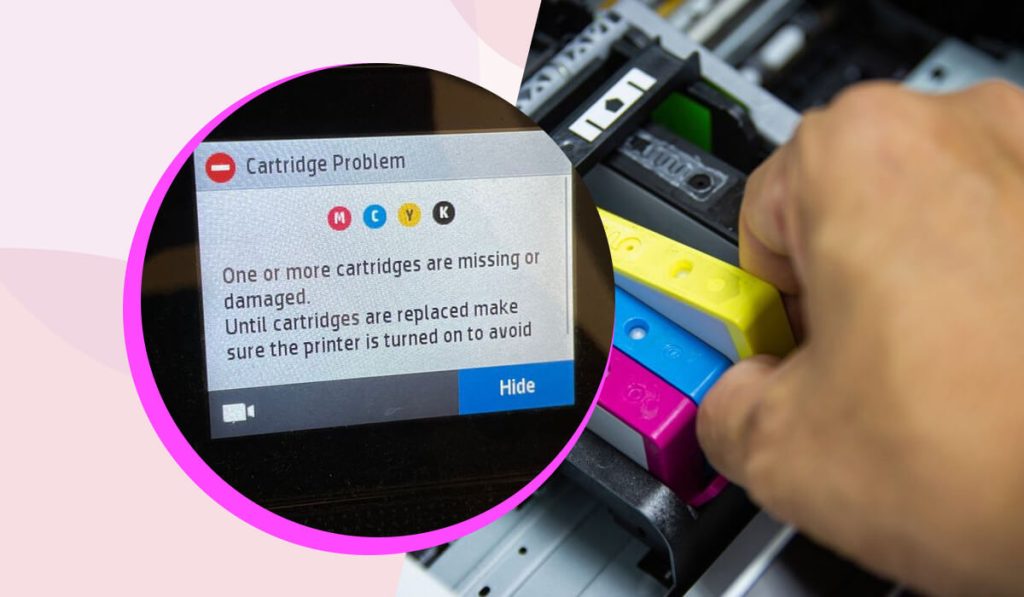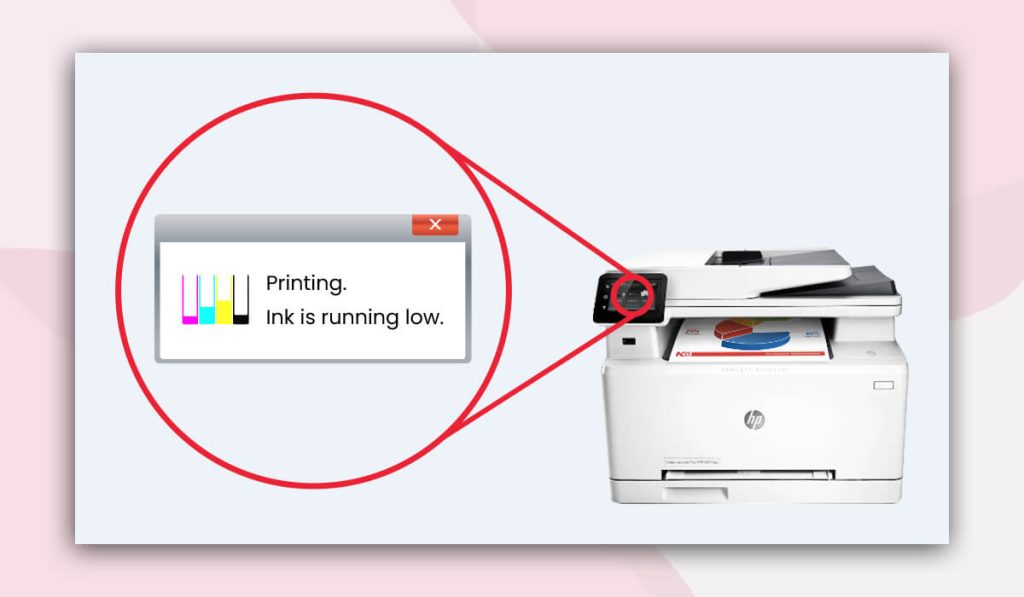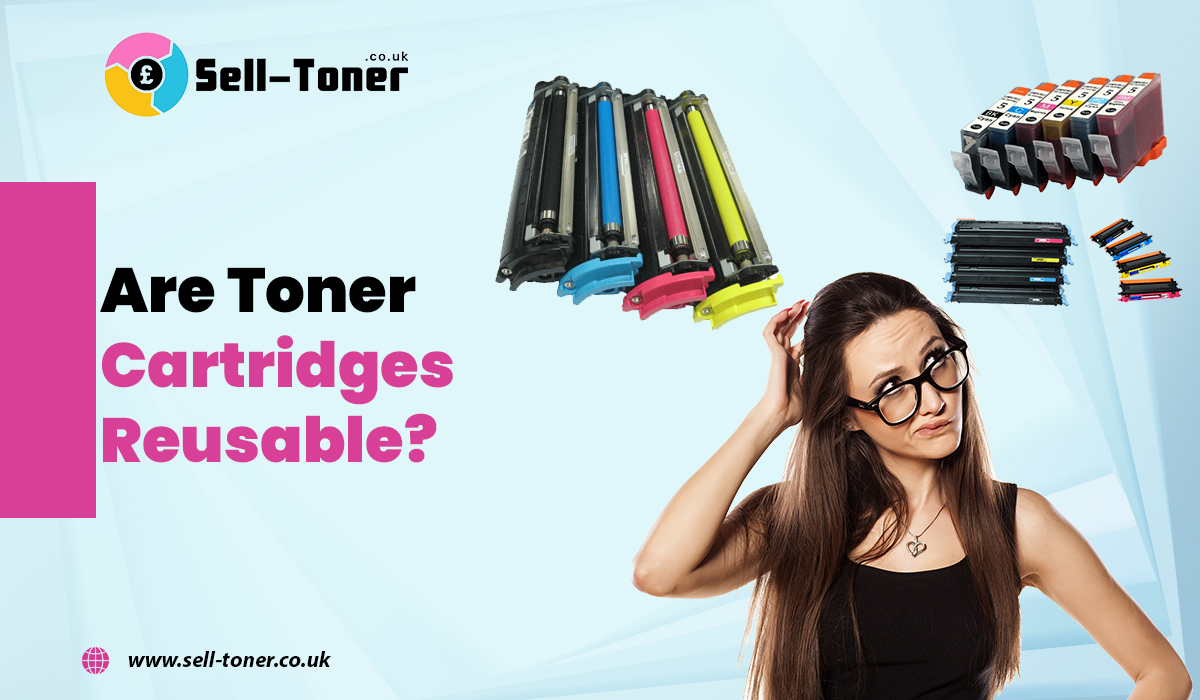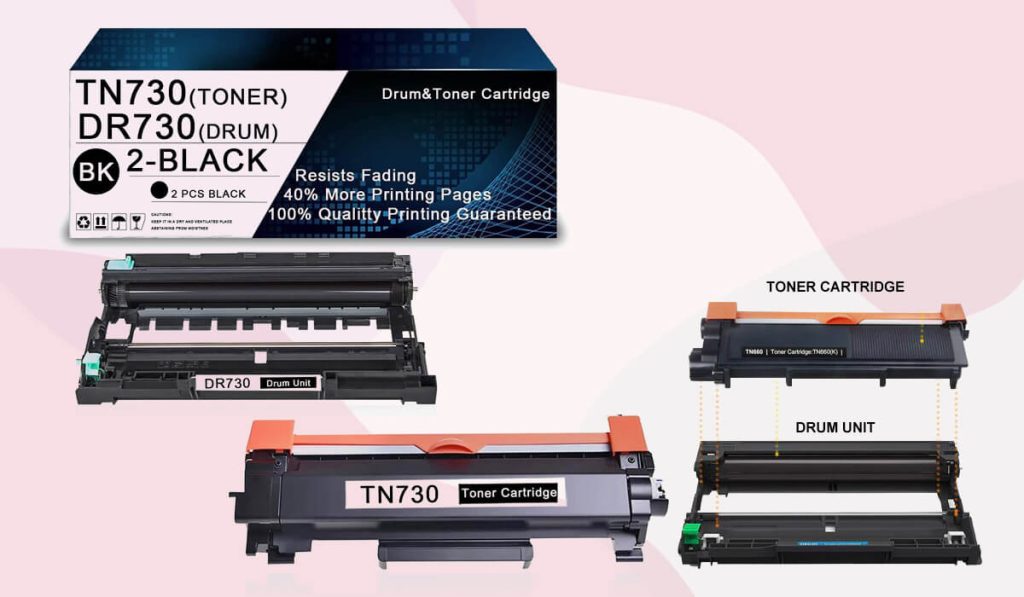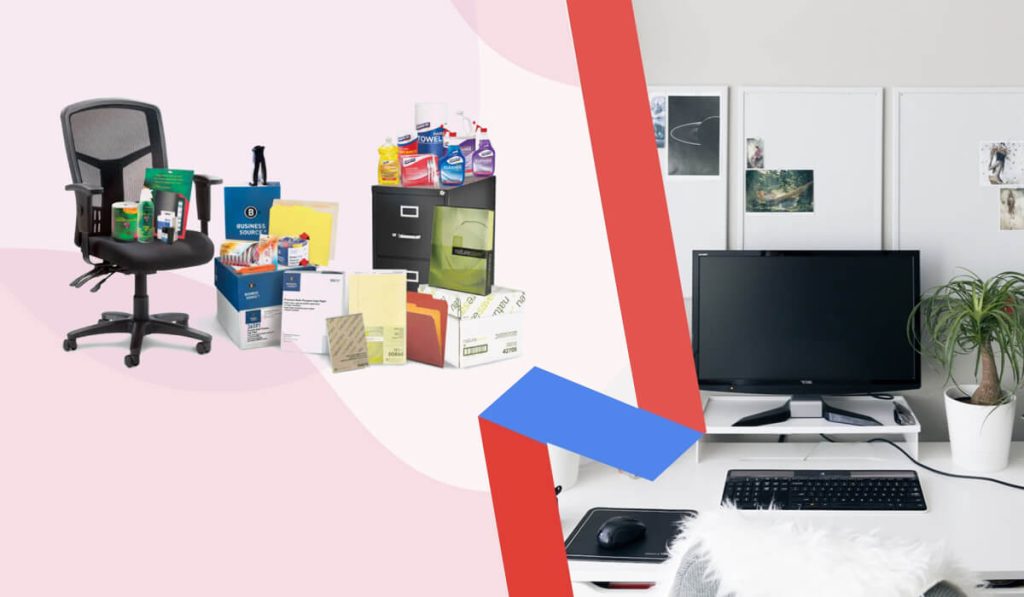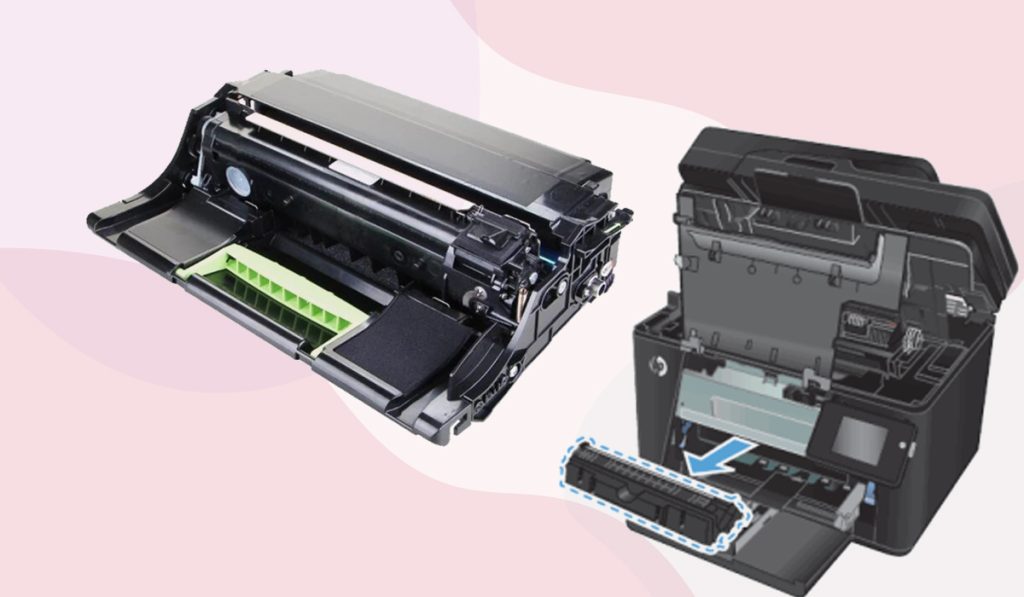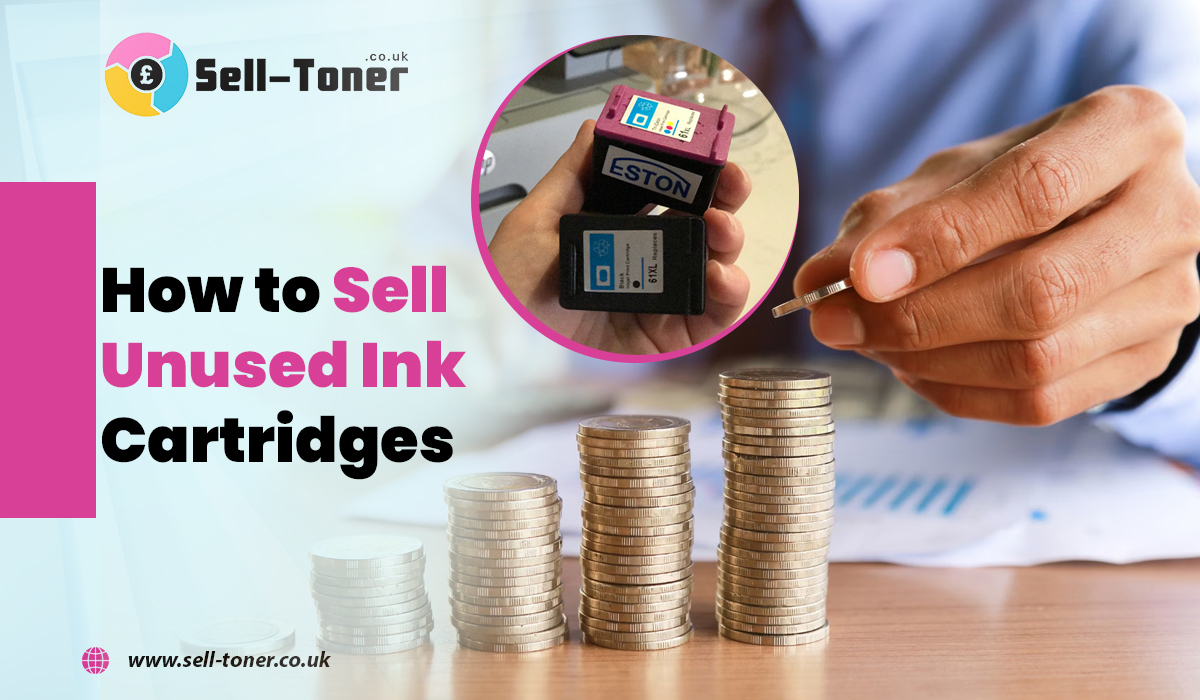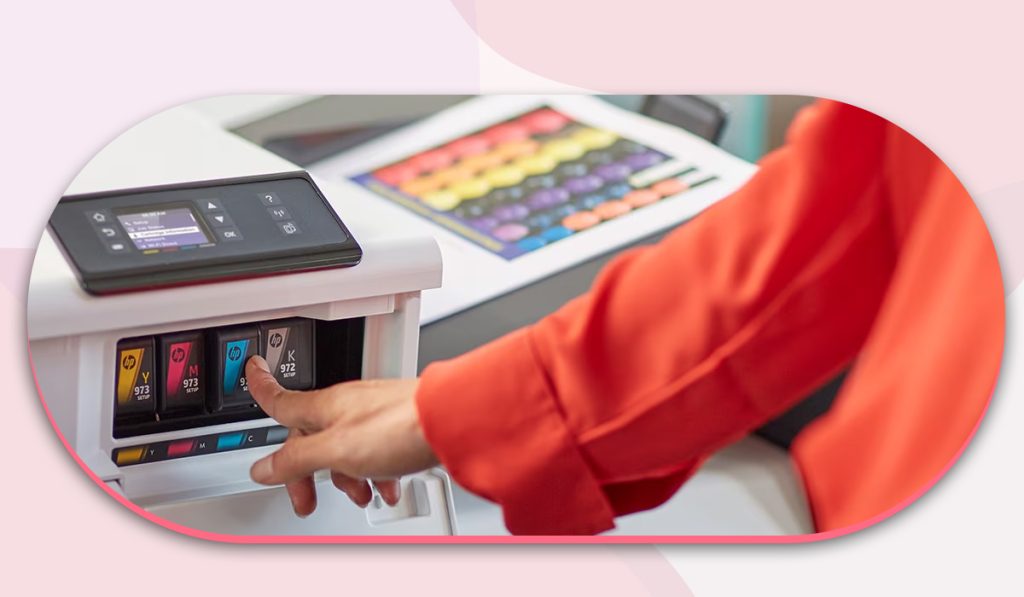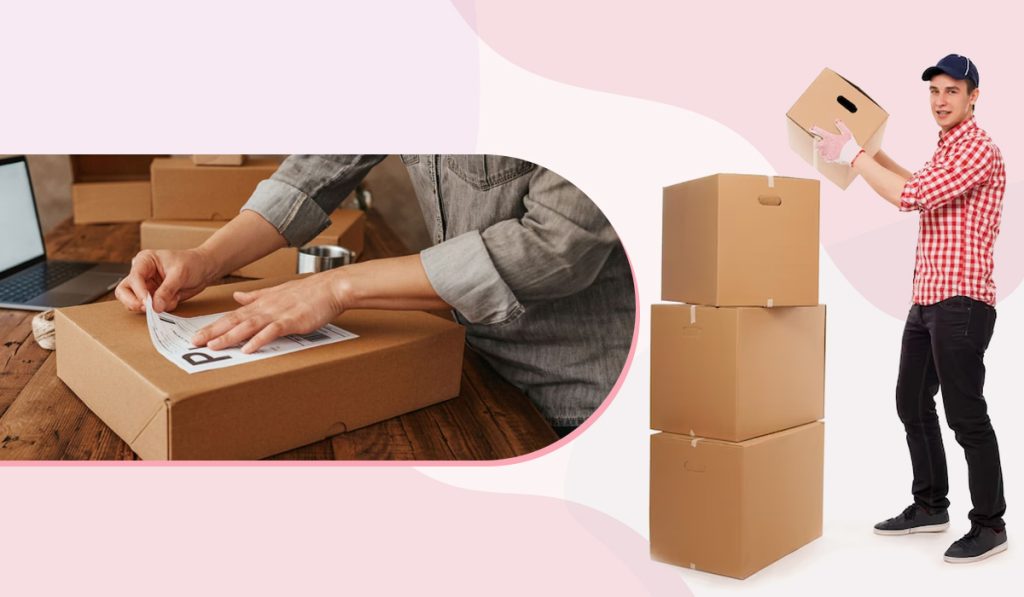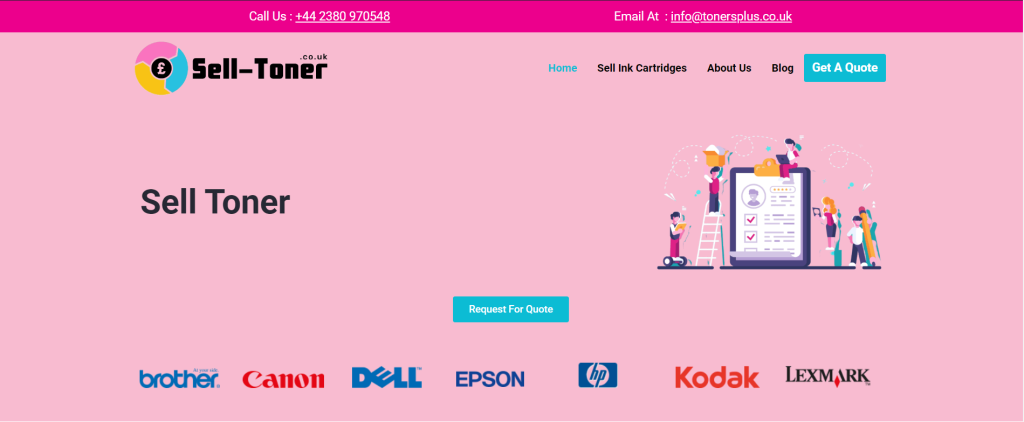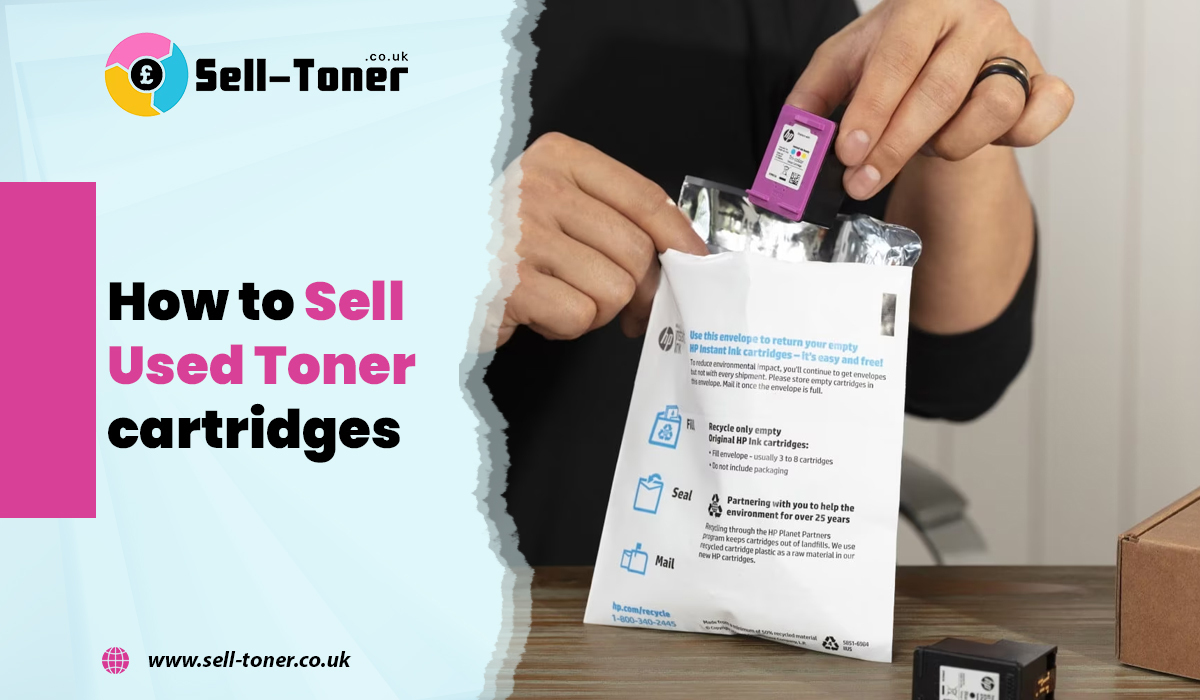Toner cartridges play a pivotal role in modern printing technology.
These powerhouses behind laser printers ensure that every document, photo, or graphic is printed with precision and clarity.
But what are the 4 types of toner cartridges? This question often arises in the corporate offices and printing hubs.
Understanding the classification of toner cartridges is crucial in making an informed decision that aligns with your specific printing requirements.
This article will provide a detailed exploration of the four different types of toner cartridges, offering insights into their unique features, advantages, and disadvantages.
1. OEM Toner Cartridges:
OEM cartridge is the first from the types of toner cartridges. Original Equipment Manufacturer Originating from the term “Original Equipment Manufacturer”, OEM cartridges are the gold standard in the printing world.
Produced directly by the company that manufactured your printer or copier, these cartridges are tailored to fit your device’s specifications, ensuring both reliability and unparalleled quality.
Pros of OEM Toners
- Precision Fit: Designed specifically for individual printer models, ensuring seamless integration.
- Consistent Quality: Undergo rigorous testing, ensuring every print is of the highest standard.
- Manufacturer Support: Often come with support and warranties directly from the printer manufacturer.
Cons of OEM Toners
- Higher Cost: Their premium quality comes with a premium price tag.
- Environmental Concerns: OEM cartridges are often not recycled, leading to more waste and a lack of diverse toner cartridge options.
2. Newly Manufactured Compatible Toner Cartridges
Emerging as a cost-effective alternative to OEM cartridges, these varieties of toner cartridge options are produced by third-party manufacturers. They are constructed using brand-new parts and are designed to be compatible with a variety of printer models.
Pros of Newly Manufactured Compatible Toners
- Budget-Friendly: Often priced significantly lower than OEM cartridges.
- Broad Compatibility: Designed to work with multiple printer brands and models.
- Eco-Friendly Options: Some brands focus on sustainable manufacturing processes, adding to the various toner cartridge models available.
Cons of Newly Manufactured Compatible Toners
- Variable Quality: With many brands in the market, quality can be inconsistent.
- Potential Printer Warranty Issues: Some printer manufacturers claim using non-OEM cartridges voids the warranty.
3. Remanufactured Toner Cartridges
A sustainable choice, these cartridges are used OEM cartridges that have been refurbished. They undergo a thorough cleaning, inspection, and replacement of any worn-out parts before being refilled and resold.
Pros of Remanufactured Toners
- Eco-Friendly: Reduces waste by reusing and recycling old cartridges.
- Cost-Effective: Priced lower than OEM cartridges while offering comparable quality.
- Supports Local Businesses: Many local businesses offer remanufacturing services.
Cons of Remanufactured Toners
- Inconsistent Quality: The quality can vary based on the remanufacturer.
- Potential Compatibility Issues: Not all remanufactured cartridges fit perfectly with all printer models.
4. Drill and Fill Toner Cartridges
The most basic and affordable option, these cartridges are used cartridges that are simply refilled with new toner without any refurbishment.
Pros of Drill and Fill Toners
- Highly Affordable: The most cost-effective option available.
- Quick Solution: Ideal for immediate needs when on a tight budget.
Cons of Drill and Fill Toners
- Lower Quality Prints: The print quality is often not on par with other cartridge types.
- Potential for Leaks: Without proper refurbishment, these cartridges are more prone to leaks and malfunctions.
Choosing the Right Toner for Your Business
Selecting the right toner cartridge is a decision that impacts both the quality of your prints and your overall printing costs.
Factors such as budget, print volume, and desired print quality play a crucial role in this decision.
By understanding the nuances of each cartridge type, businesses can make informed choices that align with their needs and values.
Discover the Best with Sell-Toner.co.uk: Your Ultimate Toner Destination
In the dynamic realm of printing solutions, Sell-Toner.co.uk emerges as a beacon of quality and reliability. As the UK’s premier toner supplier, we go beyond just offering products; we provide an experience.
From the discerning professional seeking OEM excellence to the budget-conscious individual exploring sustainable remanufactured options, our diverse inventory caters to all.
Our platform is designed to demystify the complexities of toner selection, guiding users to choices that resonate with their needs. With an emphasis on customer education, transparent product insights, and unwavering support, we at Sell-Toner.co.uk are redefining the way you perceive printing solutions.
Dive in, explore, and let us be your trusted partner in every print.
Conclusion
In conclusion, we have successfully answered the central question: “What are the 4 types of toner cartridges?”
Understanding what the 4 types of toner cartridges are is a stepping stone to making informed choices that align with your printing demands. From the premium quality of OEM cartridges to the cost-effectiveness of compatible and remanufactured options, each type serves a unique purpose.
While drill and fill cartridges offer a quick and affordable solution, they might not always be the best choice for high-quality prints. As technology continues to evolve, so do the various toner cartridge models available to consumers.
Remember, the right cartridge not only impacts the quality of your prints but also the longevity and performance of your printer. Choose wisely and always prioritize quality and compatibility.
FAQ’s
Are OEM toner cartridges always more expensive?
Yes, OEM toner cartridges are typically more expensive than their compatible or remanufactured counterparts. This is because they are produced by the original printer manufacturer and are designed to meet strict quality and compatibility standards.
Can using remanufactured toner cartridges damage my printer?
While remanufactured toner cartridges are designed to be compatible with specific printers, the quality can vary based on the remanufacturer. If not properly refurbished, there’s a slight risk of printer damage. However, when purchased from a reputable supplier, remanufactured cartridges are generally safe and reliable. It’s always advisable to check reviews and ensure the supplier offers a guarantee.
What’s the main difference between compatible and remanufactured toners?
Compatible toners are brand-new cartridges made by third-party manufacturers, designed to be compatible with specific printer models but not produced by the original printer manufacturer. Remanufactured toners, on the other hand, are used OEM cartridges that have been cleaned, refilled, and refurbished for reuse. Both offer cost savings compared to OEM cartridges but may differ in terms of quality and environmental impact.
How can I identify the right toner type for my printer model?
To identify the right toner type for your printer model, first, check the printer’s manual or the manufacturer’s website for cartridge specifications. You can also look at the existing cartridge’s model number. When purchasing, whether it’s OEM, compatible, or remanufactured, ensure the cartridge is listed as compatible with your specific printer model.


